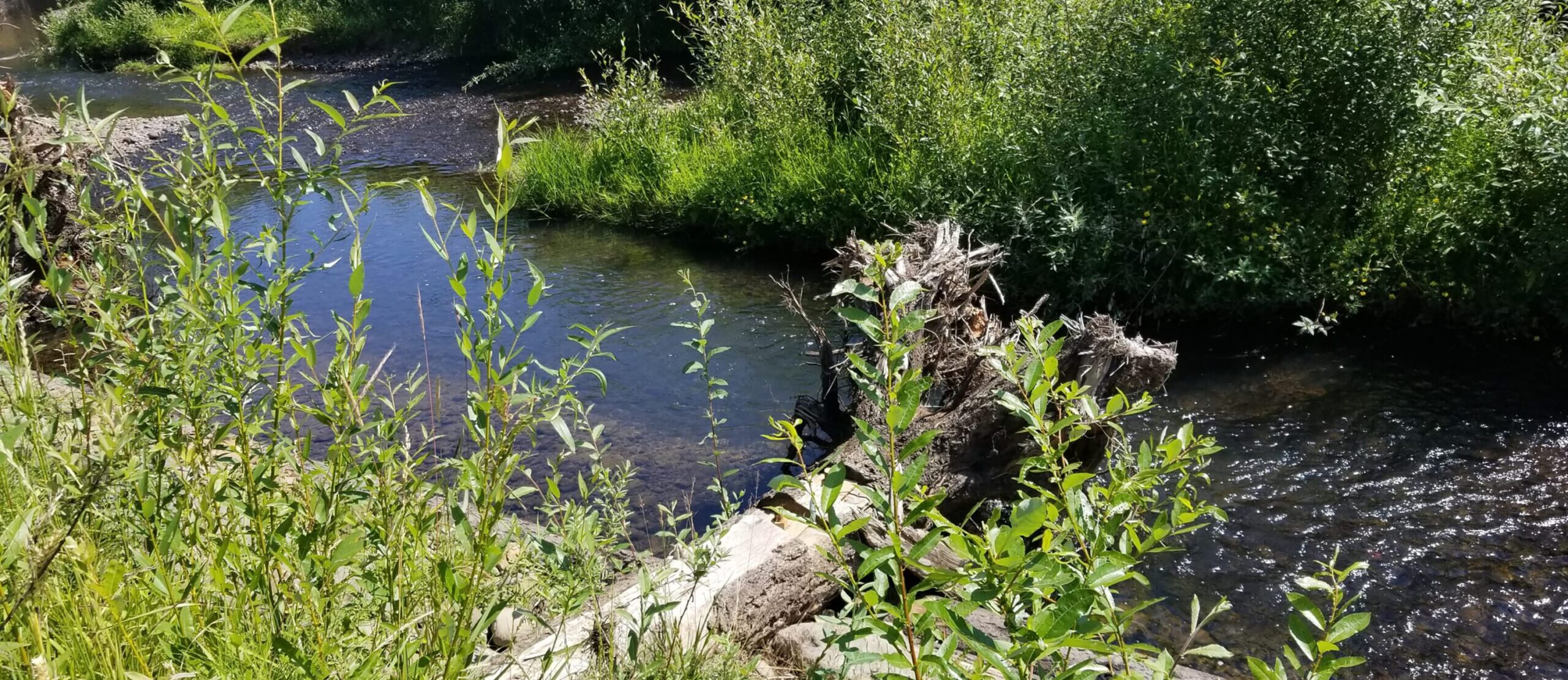

Read More Focus on Staff: Monte Mattsson, WeedWise Specialist
Read More Source Water Protection Week: September 26 – October 2

Read More Residential Septic System Repair and Replacement Loan Program

Read More New Partnership Tackles Costly Invasive Weeds on Clackamas River